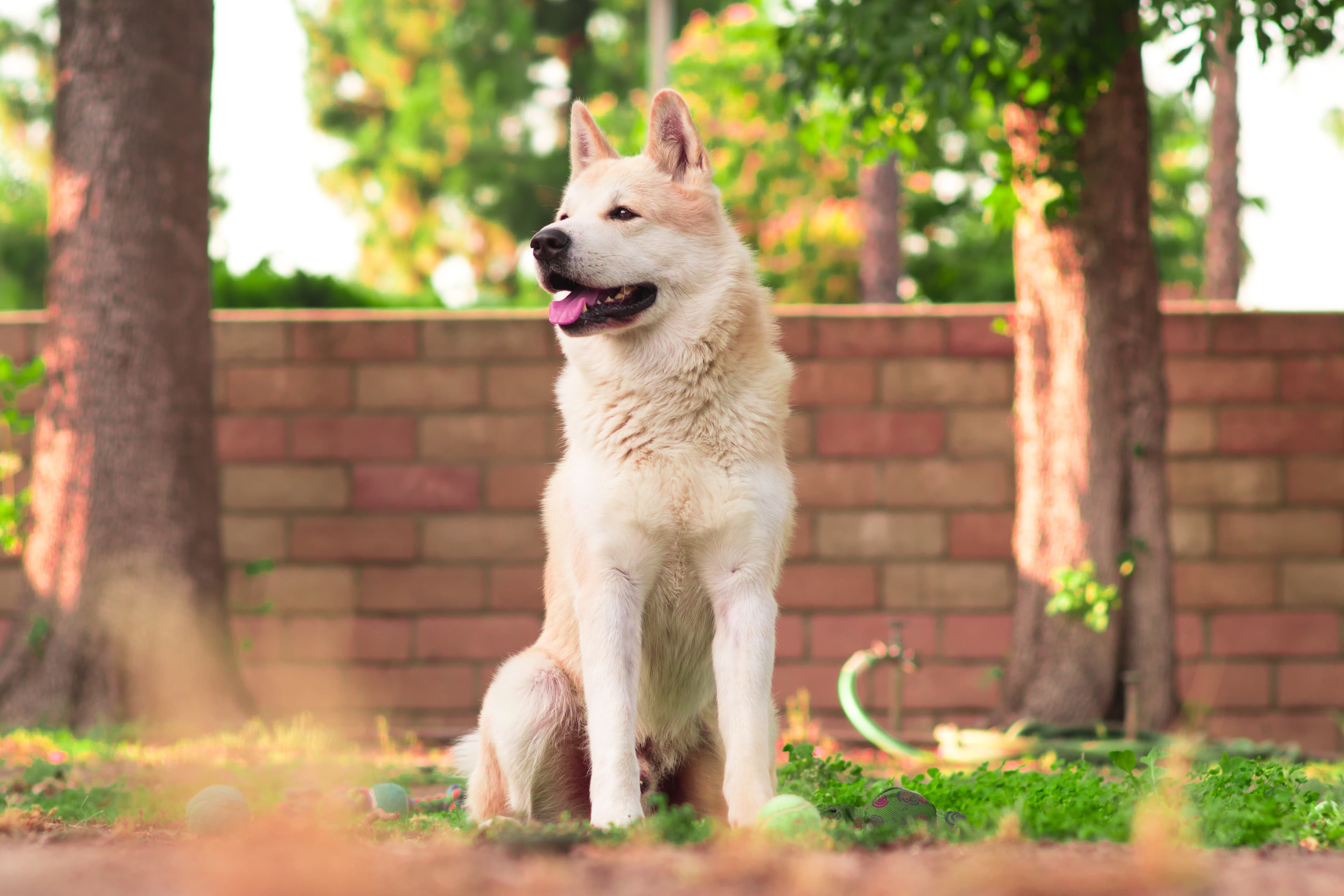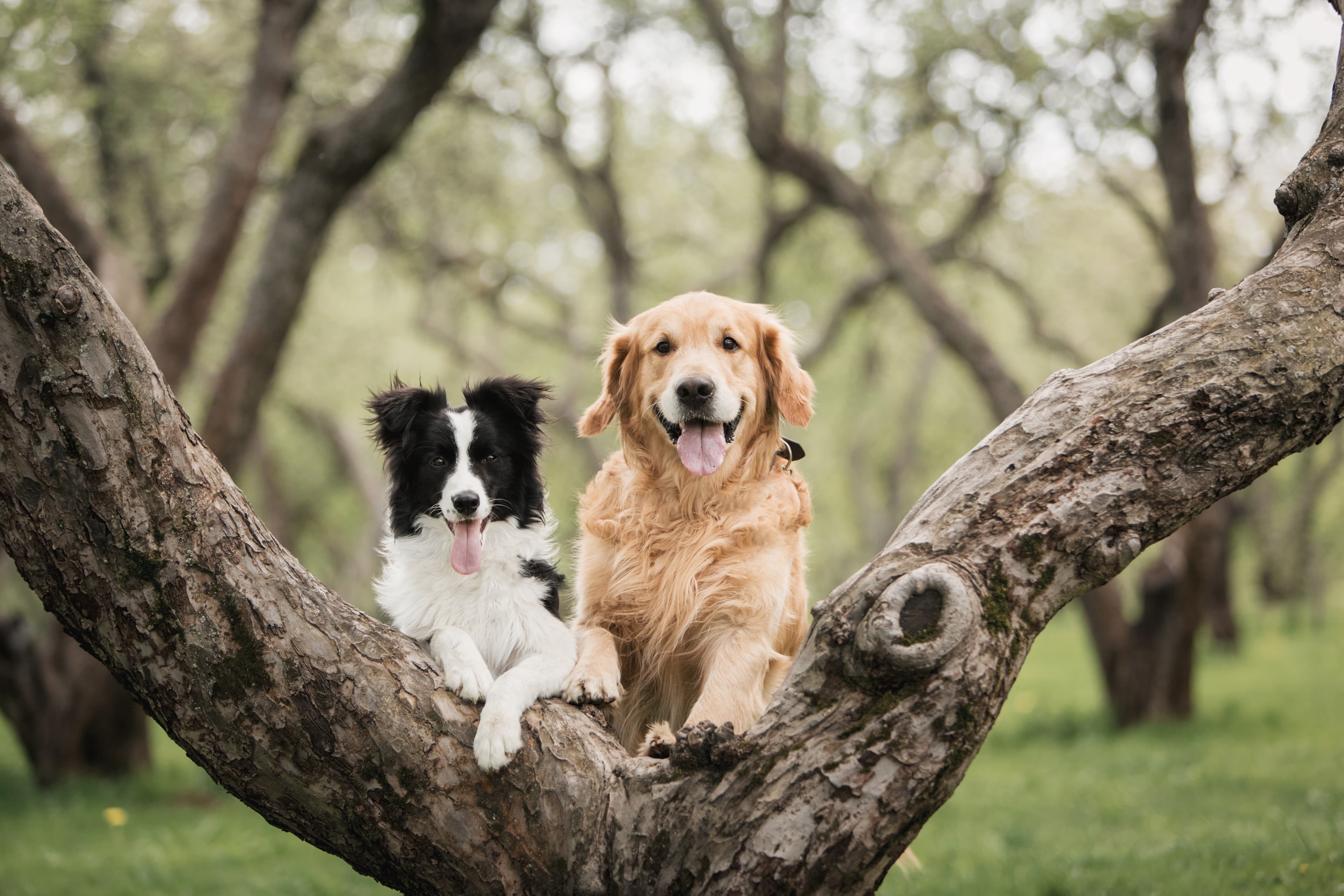How to determine what the lumps mean on your dog
As dogs get older, it's common for them to get lumps, or neoplasms as they're also known. Lumps on your dog can have different origins but often they are some type of tumour, either benign or malignant. The word "tumour" means "lump" and does not reveal whether the tumour is benign or malignant.
Benign tumours usually grow locally and do not spread to other parts of the body. A common benign tumour is a fat lump, but other examples of benign tumours are warts.
Malignant tumours can spread to other parts of the body such as surrounding tissues, lymph nodes or internal organs. As it is important to remove malignant tumours before they have time to spread, if you notice a change in the form of a lump on your dog's body, you should see a vet to have your dog examined.
By getting into the habit of regularly feeling your dog, you can spot a lump early while it's still small. Catching a lump early means a less traumatic surgery and procedure for your dog if the structure needs to be removed. It can also mean less risk of the tumour having had time to spread to other parts of the body.
If you feel a lump on your dog, we recommend that you have it examined by a vet. This is particularly important if it is a lump that is growing rapidly. The vet will probably need to take a test to determine what type of lump it is. Depending on what the examination shows, surgery may be needed to remove the lump.






